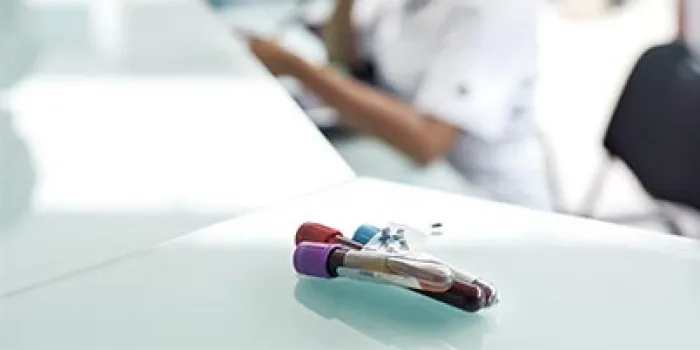It takes a startling 16 years on average from the time bleeding symptoms appear for women to be accurately diagnosed with a bleeding disorder. One of the main challenges is lab testing.
“Providers may not understand how to proceed with testing, and patients don’t know what to ask for,” says Chris Guelcher, RN-BC, MS, PPCNP-BC, a hemophilia nurse coordinator at Children’s National Health System in Washington, DC.
But change is on the horizon. The National Hemophilia Foundation (NHF), in cooperation with the Centers for Disease Control and Prevention (CDC), recently released “What Women and Girls Should Know About Getting Tested for Bleeding Symptoms: Your Guide to Lab Tests, Screening Tools and Health Exams.” The booklet and a similar pamphlet for providers are available for download on NHF’s Better You Know website.
“Lab testing is incredibly complex, and even physicians not in hematology don’t always know the ins and outs of specialized coagulation testing. So it isn’t surprising that patients have difficulties understanding the basic lab tests we order and how to interpret them,” says Robert Sidonio Jr., MD, MSc, director of hemostasis and thrombosis clinical operations at the Aflac Cancer and Blood Disorders Center at Emory University in Atlanta, who assisted in creating the new guides. “We are hoping this document will go a long way in helping patients understand laboratory testing and thus improve communication between providers and the community.”
The booklet helps prepare women for tests and understand their results, including factors that could throw off the tests. A glossary of terms helps women have an informed conversation with their providers. In the past, Guelcher says, access to such information varied widely, depending on a provider’s knowledge and a woman’s persistence.
Part of the problem, Sidonio says, is that there isn’t one simple diagnostic test. Providers often have to piece together various symptoms, multiple lab results and timing of the lab testing to confirm the diagnosis. The process can be frustrating and take patience and experience, but the new publication gives women the information to navigate it.
“This document and collaboration between NHF and the CDC really attempts to explain the many aspects and data-gathering methods we use when evaluating an adolescent girl or woman with a bleeding disorder,” Sidonio says. “It explains the terms we use and provides some information on the individual tests we typically order.”
The new guide assists women in figuring out what’s behind their symptoms. “It is difficult to separate whether a bleeding symptom could be related to normal variation like heavy periods (common in women in general) or part of a constellation of bleeding symptoms from an underlying bleeding disorder,” Sidonio says. “Men and boys typically present with nosebleeds or procedural bleeding prior to being diagnosed with von Willebrand disease, while women and girls present with heavy periods as their primary bleeding symptom.”
Feedback on the brochure has been positive, Guelcher says. She reviewed it with women at an NHF Inhibitor Education Summit. “The women were pleased to have something that they could bring back to discuss with their healthcare providers,” she says.
Women with bleeding disorders are encouraged to share the new guide with other women who either know or suspect they have a bleeding disorder.

